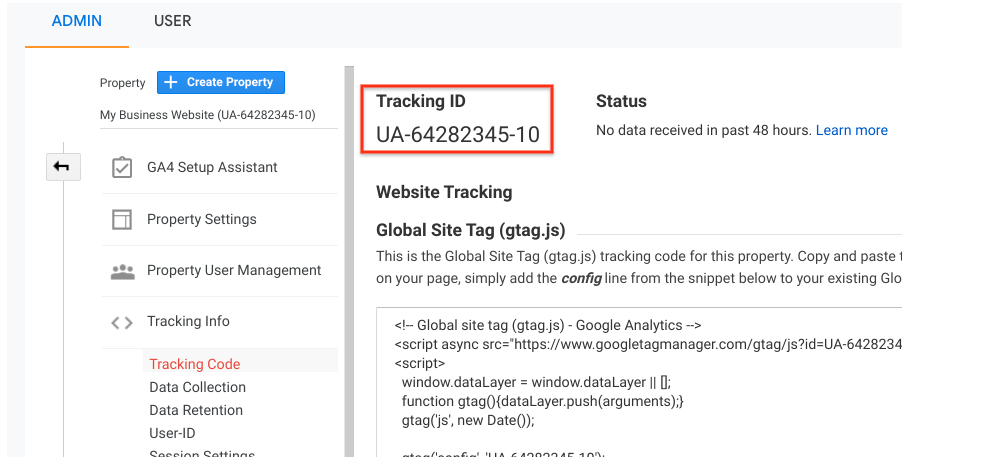Comprehending the Policies: What Data Does Google Analytics Prohibit Collecting?
Comprehending the Policies: What Data Does Google Analytics Prohibit Collecting?
Blog Article
Grasping the Art of Overcoming Data Collection Limitations in Google Analytics for Better Decision-Making
In the world of electronic analytics, the capability to remove meaningful insights from data is extremely important for informed decision-making. By using sophisticated techniques and strategic methods, organizations can raise their data quality, unlock hidden understandings, and lead the method for even more enlightened and efficient choices.
Data High Quality Assessment
Analyzing the quality of information within Google Analytics is a critical action in making certain the integrity and precision of understandings originated from the collected information. Data top quality evaluation includes assessing different elements such as accuracy, efficiency, consistency, and timeliness of the data. One essential facet to consider is data accuracy, which refers to just how well the information shows the true values of the metrics being gauged. Incorrect data can result in damaged conclusions and illinformed business decisions.
Completeness of information is one more vital aspect in evaluating information high quality. Uniformity checks are likewise essential in information high quality assessment to determine any type of inconsistencies or abnormalities within the information collection. By prioritizing information quality assessment in Google Analytics, organizations can boost the integrity of their analytics reports and make more enlightened decisions based on precise understandings.
Advanced Monitoring Techniques
Utilizing innovative monitoring techniques in Google Analytics can dramatically improve the depth and granularity of data accumulated for even more thorough analysis and understandings. One such method is event tracking, which enables for the surveillance of details interactions on an internet site, like click switches, downloads of files, or video clip sights. By applying occasion tracking, organizations can gain a deeper understanding of individual behavior and engagement with their on the internet content.
Additionally, custom-made dimensions and metrics give a method to tailor Google Analytics to certain organization needs. Custom dimensions allow for the creation of new information points, such as individual duties or consumer sectors, while customized metrics make it possible for the tracking of one-of-a-kind efficiency signs, like profits per customer or ordinary order value.
Furthermore, the use of Google Tag Supervisor can streamline the execution of monitoring codes and tags throughout a web site, making it less complicated to take care of and release sophisticated monitoring setups. By taking advantage of these innovative monitoring strategies, businesses can unlock important understandings and enhance their online approaches for much better decision-making.
Personalized Measurement Execution
To improve the deepness of data accumulated in Google Analytics beyond sophisticated tracking methods like event monitoring, organizations can carry out custom-made measurements for even more tailored insights. Personalized measurements permit services to define and gather details information points that are appropriate to their distinct goals and purposes (What Data Does Google Analytics Prohibit Collecting?). By appointing personalized dimensions to various aspects on an internet site, such as user interactions, demographics, or session details, services can obtain an extra granular understanding of exactly how individuals engage with their on the internet buildings

Attribution Modeling Techniques
Effective attribution modeling is crucial for recognizing the impact of different advertising and marketing networks on conversion paths. By utilizing the best attribution version, companies can accurately connect conversions to the proper touchpoints along the customer trip. One usual attribution version is the Last Communication model, which provides credit scores for a conversion to the last touchpoint an individual engaged with prior to transforming. While this model is very easy and easy to apply, it often oversimplifies the consumer trip, disregarding the influence of various other touchpoints that added to the conversion.

Data Testing Avoidance
When taking care of big volumes of information in Google Analytics, overcoming information tasting is crucial to make certain accurate insights are obtained for notified decision-making. Information tasting occurs when Google Analytics estimates patterns in data instead than evaluating the complete dataset, potentially leading to skewed outcomes. To stay clear Related Site of information tasting, one efficient method is to reduce the date range being evaluated. By focusing on shorter amount of time, the chance of experiencing tested information declines, supplying an extra precise depiction of customer habits. Additionally, making use of Google Analytics 360, the premium version of the system, can assist alleviate sampling as it enables greater data thresholds before sampling begins. Carrying out filters to limit the why not find out more information being examined can also help in preventing sampling problems. By taking these aggressive actions to reduce information sampling, organizations can remove a lot more exact insights from Google Analytics, resulting in far better decision-making and enhanced total performance.
Final Thought
In verdict, mastering the art of getting rid of information collection limitations in Google Analytics is critical for making notified choices. By performing a comprehensive information top quality analysis, implementing sophisticated monitoring methods, using custom-made dimensions, utilizing acknowledgment modeling techniques, and staying clear of information sampling, services can make certain that they have accurate and dependable information to base their decisions on. This will ultimately result in a lot more efficient methods and far better end results for the company.

Report this page